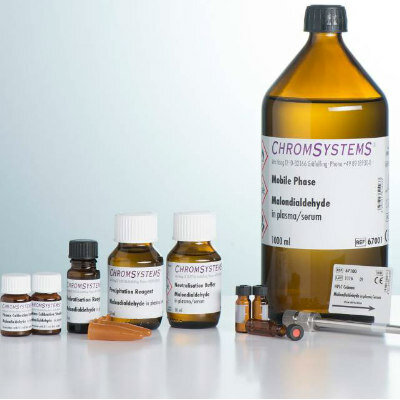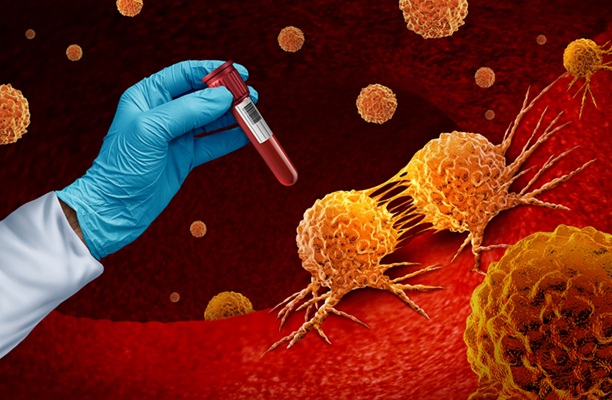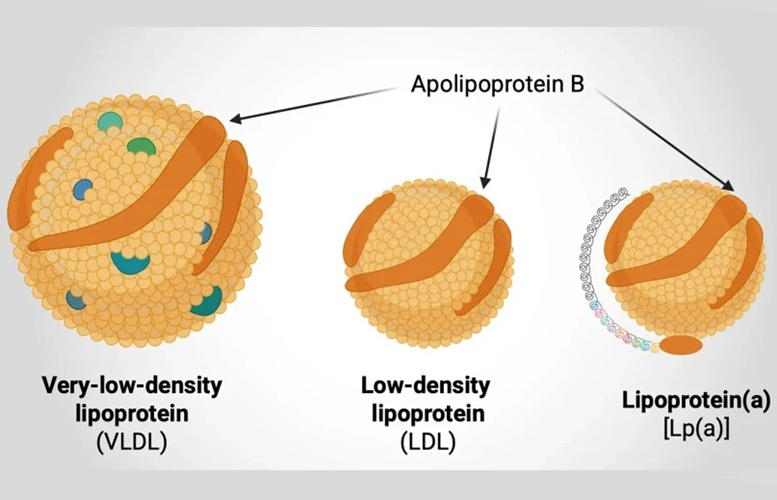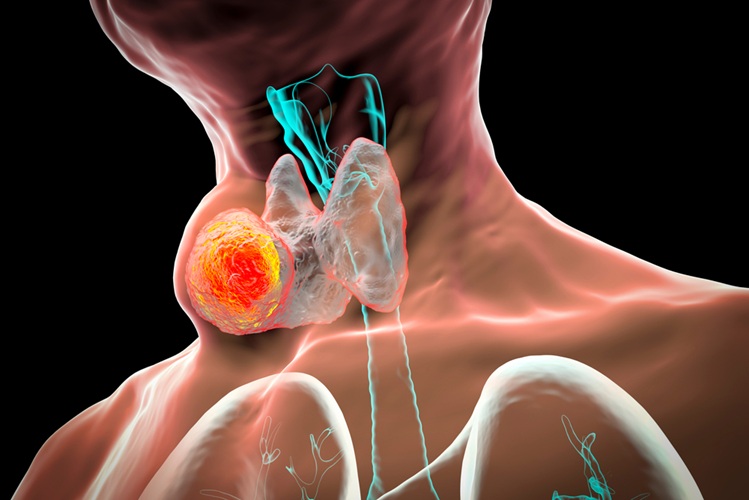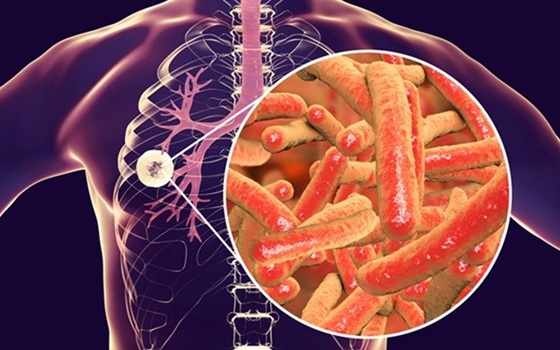Synthetic Printed Implants Prompt Spinal Regeneration in Model
|
By LabMedica International staff writers Posted on 31 Jan 2019 |
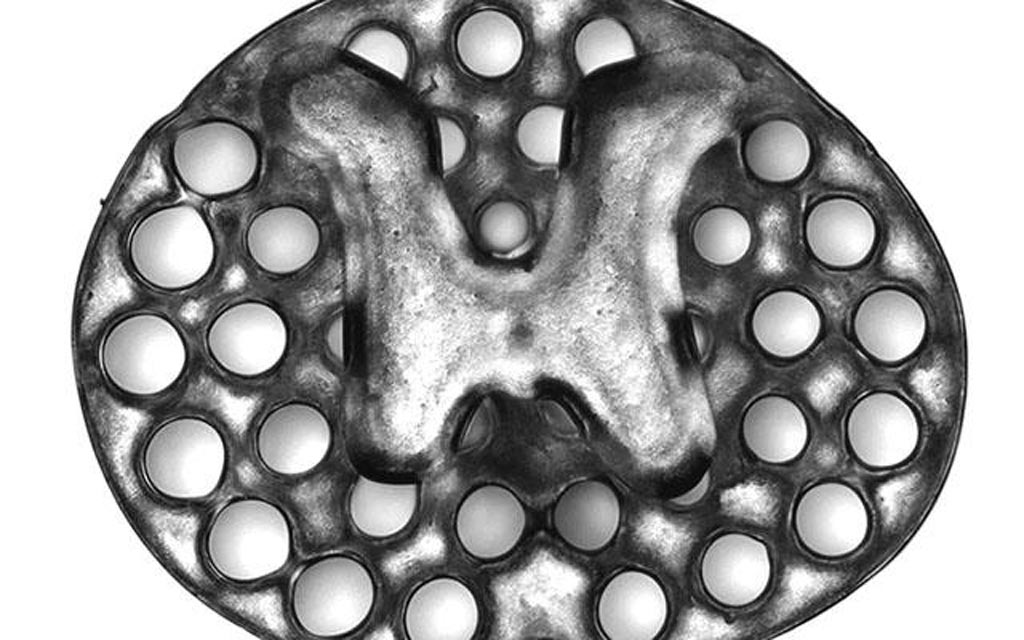
Image: A three-dimensional printed, two-millimeter implant used as scaffolding to repair spinal cord injuries in rats. The circles surrounding the H-shaped core are hollow portals through which implanted neural stem cells can extend axons into host tissues (Photo courtesy of Jacob Koffler and Wei Zhu, University of California, San Diego).
The potential use of three-dimensional (3D) printing to produce replacement components for the repair of spinal damage was demonstrated in a rat model system.
Up to now, three-dimensional printing of central nervous system (CNS) structures has not been accomplished, possibly owing to the complexity of CNS architecture. To rectify this situation, investigators at the University of California, San Diego (USA) used a three-dimensional microscale continuous projection printing method (MuCPP) to create a complex CNS structure for regenerative medicine applications in the spinal cord.
The MuCPP method enabled printing of three-dimensional biomimetic hydrogel scaffolds that were tailored to the dimensions of the rodent spinal cord. This process required only 1.6 seconds and was scalable to human spinal cord sizes and lesion geometries. In this regard, four-centimeter-sized implants modeled from MRI scans of actual human spinal cord injuries were printed within 10 minutes. The printed scaffolds contained dozens of 200-micrometer-wide channels that guided neural stem cell and axon growth along the length of the spinal cord injury.
The investigators tested the ability of MuCPP three-dimensional-printed scaffolds loaded with neural progenitor cells (NPCs) to support axon regeneration and form new "neural relays" across sites of complete spinal cord injury in vivo in rodents.
They reported in the January 14, 2019, online edition of the journal Nature Medicine that injured host axons regenerated into three-dimensional biomimetic scaffolds and synapsed onto NPCs implanted into the device. Implanted NPCs in turn extended axons out of the scaffold and into the host spinal cord below the injury to restore synaptic transmission and significantly improve the animal's ability to move.
"In recent years and papers, we have progressively moved closer to the goal of abundant, long-distance regeneration of injured axons in spinal cord injury, which is fundamental to any true restoration of physical function," said senior author Dr. Mark Tuszynski, professor of neuroscience at the University of California, San Diego.
Related Links:
University of California, San Diego
Up to now, three-dimensional printing of central nervous system (CNS) structures has not been accomplished, possibly owing to the complexity of CNS architecture. To rectify this situation, investigators at the University of California, San Diego (USA) used a three-dimensional microscale continuous projection printing method (MuCPP) to create a complex CNS structure for regenerative medicine applications in the spinal cord.
The MuCPP method enabled printing of three-dimensional biomimetic hydrogel scaffolds that were tailored to the dimensions of the rodent spinal cord. This process required only 1.6 seconds and was scalable to human spinal cord sizes and lesion geometries. In this regard, four-centimeter-sized implants modeled from MRI scans of actual human spinal cord injuries were printed within 10 minutes. The printed scaffolds contained dozens of 200-micrometer-wide channels that guided neural stem cell and axon growth along the length of the spinal cord injury.
The investigators tested the ability of MuCPP three-dimensional-printed scaffolds loaded with neural progenitor cells (NPCs) to support axon regeneration and form new "neural relays" across sites of complete spinal cord injury in vivo in rodents.
They reported in the January 14, 2019, online edition of the journal Nature Medicine that injured host axons regenerated into three-dimensional biomimetic scaffolds and synapsed onto NPCs implanted into the device. Implanted NPCs in turn extended axons out of the scaffold and into the host spinal cord below the injury to restore synaptic transmission and significantly improve the animal's ability to move.
"In recent years and papers, we have progressively moved closer to the goal of abundant, long-distance regeneration of injured axons in spinal cord injury, which is fundamental to any true restoration of physical function," said senior author Dr. Mark Tuszynski, professor of neuroscience at the University of California, San Diego.
Related Links:
University of California, San Diego
Latest BioResearch News
- Genome Analysis Predicts Likelihood of Neurodisability in Oxygen-Deprived Newborns
- Gene Panel Predicts Disease Progession for Patients with B-cell Lymphoma
- New Method Simplifies Preparation of Tumor Genomic DNA Libraries
- New Tool Developed for Diagnosis of Chronic HBV Infection
- Panel of Genetic Loci Accurately Predicts Risk of Developing Gout
- Disrupted TGFB Signaling Linked to Increased Cancer-Related Bacteria
- Gene Fusion Protein Proposed as Prostate Cancer Biomarker
- NIV Test to Diagnose and Monitor Vascular Complications in Diabetes
- Semen Exosome MicroRNA Proves Biomarker for Prostate Cancer
- Genetic Loci Link Plasma Lipid Levels to CVD Risk
- Newly Identified Gene Network Aids in Early Diagnosis of Autism Spectrum Disorder
- Link Confirmed between Living in Poverty and Developing Diseases
- Genomic Study Identifies Kidney Disease Loci in Type I Diabetes Patients
- Liquid Biopsy More Effective for Analyzing Tumor Drug Resistance Mutations
- New Liquid Biopsy Assay Reveals Host-Pathogen Interactions
- Method Developed for Enriching Trophoblast Population in Samples
Channels
Clinical Chemistry
view channel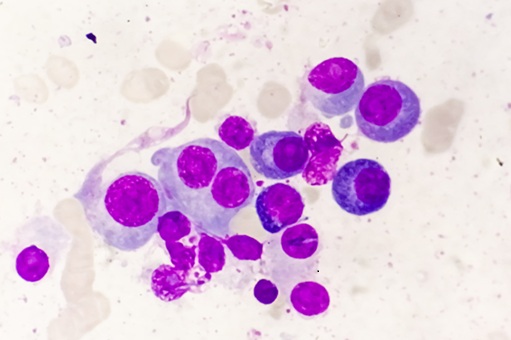
Mass Spectrometry-Based Monitoring Technique to Predict and Identify Early Myeloma Relapse
Myeloma, a type of cancer that affects the bone marrow, is currently incurable, though many patients can live for over 10 years after diagnosis. However, around 1 in 5 individuals with myeloma have a high-risk... Read more
‘Brilliantly Luminous’ Nanoscale Chemical Tool to Improve Disease Detection
Thousands of commercially available glowing molecules known as fluorophores are commonly used in medical imaging, disease detection, biomarker tagging, and chemical analysis. They are also integral in... Read more
Low-Cost Portable Screening Test to Transform Kidney Disease Detection
Millions of individuals suffer from kidney disease, which often remains undiagnosed until it has reached a critical stage. This silent epidemic not only diminishes the quality of life for those affected... Read more
New Method Uses Pulsed Infrared Light to Find Cancer's 'Fingerprints' In Blood Plasma
Cancer diagnoses have traditionally relied on invasive or time-consuming procedures like tissue biopsies. Now, new research published in ACS Central Science introduces a method that utilizes pulsed infrared... Read moreMolecular Diagnostics
view channel
New Genetic Tool Analyzes Umbilical Cord Blood to Predict Future Disease
Children are experiencing metabolic problems at increasingly younger ages, placing them at higher risk for serious health issues later in life. There is a growing need to identify this risk from birth... Read more
Spinal Fluid Biomarker for Parkinson’s Disease Offers Early and Accurate Diagnosis
Parkinson’s disease is a neurodegenerative condition typically diagnosed at an advanced stage based on clinical symptoms, primarily motor disorders. However, by this time, the brain has already undergone... Read moreHematology
view channel
New Scoring System Predicts Risk of Developing Cancer from Common Blood Disorder
Clonal cytopenia of undetermined significance (CCUS) is a blood disorder commonly found in older adults, characterized by mutations in blood cells and a low blood count, but without any obvious cause or... Read more
Non-Invasive Prenatal Test for Fetal RhD Status Demonstrates 100% Accuracy
In the United States, approximately 15% of pregnant individuals are RhD-negative. However, in about 40% of these cases, the fetus is also RhD-negative, making the administration of RhoGAM unnecessary.... Read moreImmunology
view channel
Stem Cell Test Predicts Treatment Outcome for Patients with Platinum-Resistant Ovarian Cancer
Epithelial ovarian cancer frequently responds to chemotherapy initially, but eventually, the tumor develops resistance to the therapy, leading to regrowth. This resistance is partially due to the activation... Read more
Machine Learning-Enabled Blood Test Predicts Immunotherapy Response in Lymphoma Patients
Chimeric antigen receptor (CAR) T-cell therapy has emerged as one of the most promising recent developments in the treatment of blood cancers. However, over half of non-Hodgkin lymphoma (NHL) patients... Read moreMicrobiology
view channel
New Test Diagnoses Bacterial Meningitis Quickly and Accurately
Bacterial meningitis is a potentially fatal condition, with one in six patients dying and half of the survivors experiencing lasting symptoms. Therefore, rapid diagnosis and treatment are critical.... Read more
Handheld Device Delivers Low-Cost TB Results in Less Than One Hour
Tuberculosis (TB) remains the deadliest infectious disease globally, affecting an estimated 10 million people annually. In 2021, about 4.2 million TB cases went undiagnosed or unreported, mainly due to... Read more
New AI-Based Method Improves Diagnosis of Drug-Resistant Infections
Drug-resistant infections, particularly those caused by deadly bacteria like tuberculosis and staphylococcus, are rapidly emerging as a global health emergency. These infections are more difficult to treat,... Read more
Breakthrough Diagnostic Technology Identifies Bacterial Infections with Almost 100% Accuracy within Three Hours
Rapid and precise identification of pathogenic microbes in patient samples is essential for the effective treatment of acute infectious diseases, such as sepsis. The fluorescence in situ hybridization... Read morePathology
view channel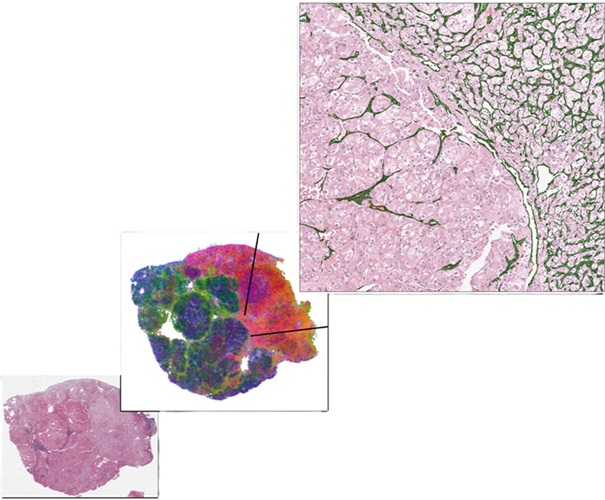
AI-Based Model Predicts Kidney Cancer Therapy Response
Each year, nearly 435,000 individuals are diagnosed with clear cell renal cell carcinoma (ccRCC), making it the most prevalent subtype of kidney cancer. When the disease spreads, anti-angiogenic therapies... Read more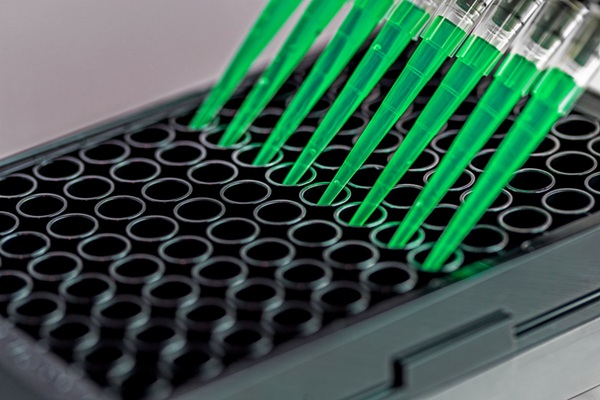
Sensitive and Specific DUB Enzyme Assay Kits Require Minimal Setup Without Substrate Preparation
Ubiquitination and deubiquitination are two important physiological processes in the ubiquitin-proteasome system, responsible for protein degradation in cells. Deubiquitinating (DUB) enzymes contain around... Read moreTechnology
view channel
Disposable Microchip Technology Could Selectively Detect HIV in Whole Blood Samples
As of the end of 2023, approximately 40 million people globally were living with HIV, and around 630,000 individuals died from AIDS-related illnesses that same year. Despite a substantial decline in deaths... Read more
Pain-On-A-Chip Microfluidic Device Determines Types of Chronic Pain from Blood Samples
Chronic pain is a widespread condition that remains difficult to manage, and existing clinical methods for its treatment rely largely on self-reporting, which can be subjective and especially problematic... Read more
Innovative, Label-Free Ratiometric Fluorosensor Enables More Sensitive Viral RNA Detection
Viruses present a major global health risk, as demonstrated by recent pandemics, making early detection and identification essential for preventing new outbreaks. While traditional detection methods are... Read moreIndustry
view channel
Cepheid and Oxford Nanopore Technologies Partner on Advancing Automated Sequencing-Based Solutions
Cepheid (Sunnyvale, CA, USA), a leading molecular diagnostics company, and Oxford Nanopore Technologies (Oxford, UK), the company behind a new generation of sequencing-based molecular analysis technologies,... Read more
Grifols and Tecan’s IBL Collaborate on Advanced Biomarker Panels
Grifols (Barcelona, Spain), one of the world’s leading producers of plasma-derived medicines and innovative diagnostic solutions, is expanding its offer in clinical diagnostics through a strategic partnership... Read more







